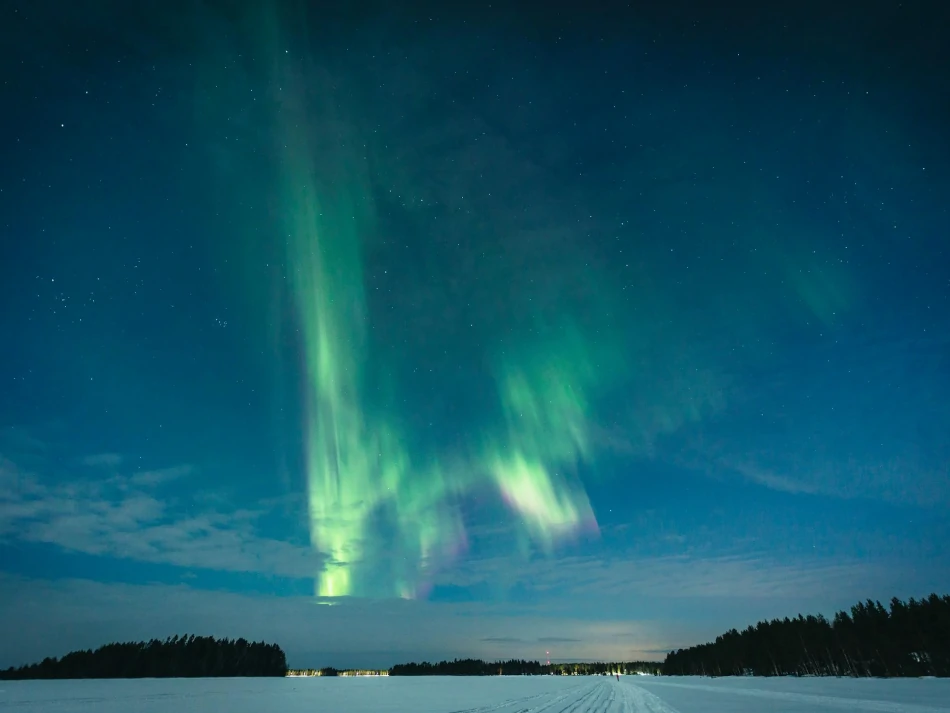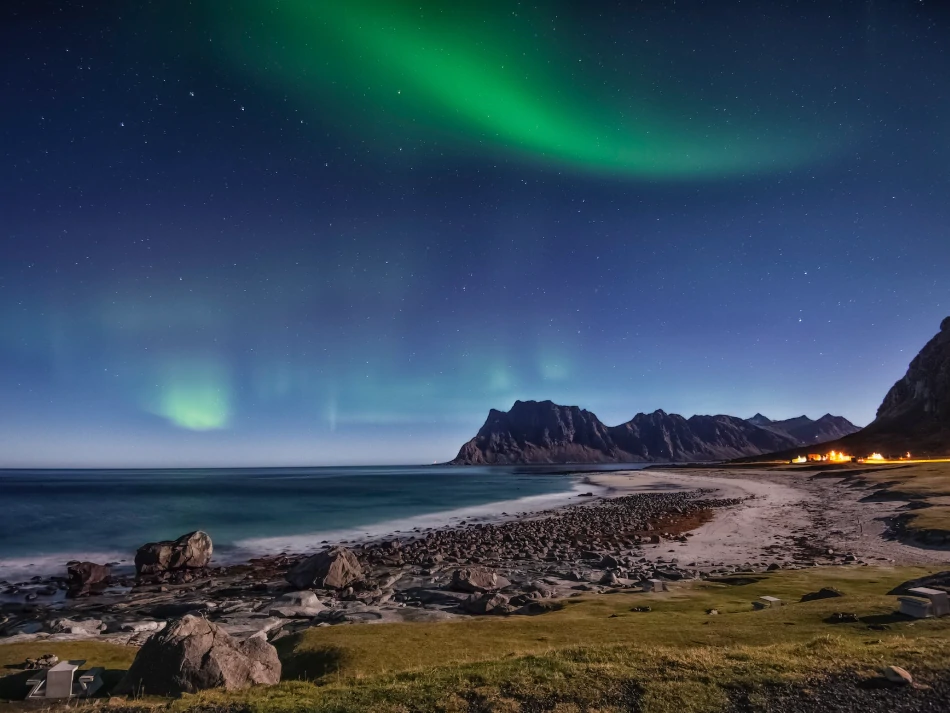Chasing the Northern Lights: When and Where to Go

Often referred to as nature’s most impressive light show, the Aurora Borealis, more commonly known as the Northern Lights, is a stunning spectacle that fills the night sky with a mesmerizing palette of shimmering colors. Seeing these ethereal lights dancing in the darkness is an experience that tops many people’s bucket lists. However, witnessing this natural phenomenon requires a combination of the right timing, suitable locations, and a touch of luck. Here’s a comprehensive guide on when and where to go when chasing the Northern Lights.
What Are The Northern Lights?
Before we dive into the practical aspects, let’s briefly touch on what the Northern Lights are. This natural spectacle is caused by the collision of solar particles with atmospheric gases. This interaction, high in the Earth’s magnetosphere, results in a luminous display of varying colors and forms that usually occur near the polar regions. The color spectrum can range from green and pink to blue, yellow, violet, and occasionally even red.
The aurora is a phenomenon that occurs at any time of day, but it’s only visible when the sky is dark enough to contrast the lights.
When To See The Northern Lights
While the Northern Lights are happening throughout the year, the best time to see them is typically in the darker, colder months. This usually ranges from late September to late March. However, the period between December and February is often considered the peak season due to the long, dark nights. During this time, you’ll have the highest chance of witnessing the display, as long as the skies are clear and free of light pollution.

The aurora is a phenomenon that occurs at any time of day, but it’s only visible when the sky is dark enough to contrast the lights. This typically means late at night or in the early hours of the morning.
Weather conditions also significantly influence your chances of spotting the Northern Lights. Clear, cloudless nights are ideal as clouds can obscure the view. Regularly checking local weather forecasts and aurora forecast services can increase your chances of successful sightings.
Where To See The Northern Lights
The Northern Lights can be seen from several locations in the Northern Hemisphere. Here are a few of the best places to witness this incredible phenomenon:
- Norway: Norway, particularly the northern region known as Finnmark, is well-regarded as a prime spot for Northern Lights sightings. The towns of Tromsø and Alta have a reputation for frequent displays. The Lofoten Islands also provide a beautiful backdrop for the lights.
- Sweden: Abisko National Park, located in Swedish Lapland, is considered one of the world’s premier locations for viewing the Northern Lights. The park is home to the Aurora Sky Station, where you can gain a vantage point over the surrounding mountains.
- Iceland: Reykjavik often serves as a base for Northern Lights expeditions, but it’s advisable to venture further into the countryside, where there’s less light pollution. The Golden Circle route and the southern coastline are also popular viewing spots.
- Finland: The Finnish Lapland is a great destination for aurora hunters, with locations such as Rovaniemi, Levi, and Saariselkä being among the favorites. The country also offers unique accommodations like glass igloos and arctic treehouses that provide a comfy viewing experience.
- Canada: The Canadian Yukon, Northwest Territories, and Nunavut all offer superb opportunities to witness the Northern Lights. Additionally, other provinces such as Alberta and Manitoba have notable viewing spots.
- Alaska, USA: Fairbanks and Denali are among the best places in Alaska to see the Northern Lights. They offer some of the highest activity levels due to their proximity to the Earth’s magnetic north pole.
Remember that the closer you are to the magnetic poles, the more likely you are to see the aurora borealis. This means that far-north latitudes will usually give you the best view.
Tips For Viewing The Northern Lights
To increase your chances of seeing the Northern Lights, you should also consider the following tips:
- Check the Solar Activity: The Northern Lights are a result of solar activity. The more active the sun, the more likely you are to witness a strong aurora. Several online resources can keep you informed about solar activity levels and give you an idea of when the conditions are favorable.
- Stay for a While: Your chances of witnessing the Northern Lights significantly increase if you stay in the area for a longer period, ideally a week or more. This will give you a better chance of catching at least one clear night.
- Escape the City: Light pollution from urban areas can interfere with your ability to see the Northern Lights. Try to find a spot in a rural area, away from city lights.
- Use Technology: There are many apps and websites available that can notify you when the chances of seeing the Northern Lights are high. These tools consider several factors such as cloud cover, light pollution, and solar activity.
- Dress Warmly: It’s crucial to remember that you’ll be standing outside, often for several hours, in extremely cold conditions. Dress warmly, preferably in layers, and don’t forget about hats, gloves, and insulated footwear.
- Photographing the Northern Lights: Capturing the Northern Lights in a photo can be a beautiful way to remember the experience. You will need a camera with manual settings, a tripod to avoid camera shake, and some patience to wait for the right moment. Use a long exposure setting, a high ISO, and a wide aperture to allow as much light into the camera as possible.
Conclusion
The Northern Lights are one of nature’s most remarkable spectacles, an otherworldly display of color and movement against the backdrop of the night sky. While the aurora borealis might require patience and persistence to spot, the reward is undoubtedly worth the effort.

Remember that seeing the Northern Lights is never guaranteed, even when you are in the right place at the right time. Weather conditions and solar activity both play a massive role in their visibility. But with a touch of planning and a dash of luck, you might just get to witness this truly magical phenomenon.
